Born in 1961, Leigh Bowery grew up in a religious family in Sunshine, a conservative suburb of Melbourne. Craving attention and driven to succeed, he excelled at everything he tried. From a young age, he was captivated by fashion, often spending hours creating outfits he would parade around town, showcasing his unique style and creativity. He learned to knit, crochet, and sew from his mother and female relatives, whose company he preferred. Fashion was his passion and his playground. In 1980, at age19, seduced by the London punk scene and the counter-culture depicted in British magazines like NME and The Face, he moved to London in search of self-expression and fame, with a suitcase in one hand and his sewing machine in the other.
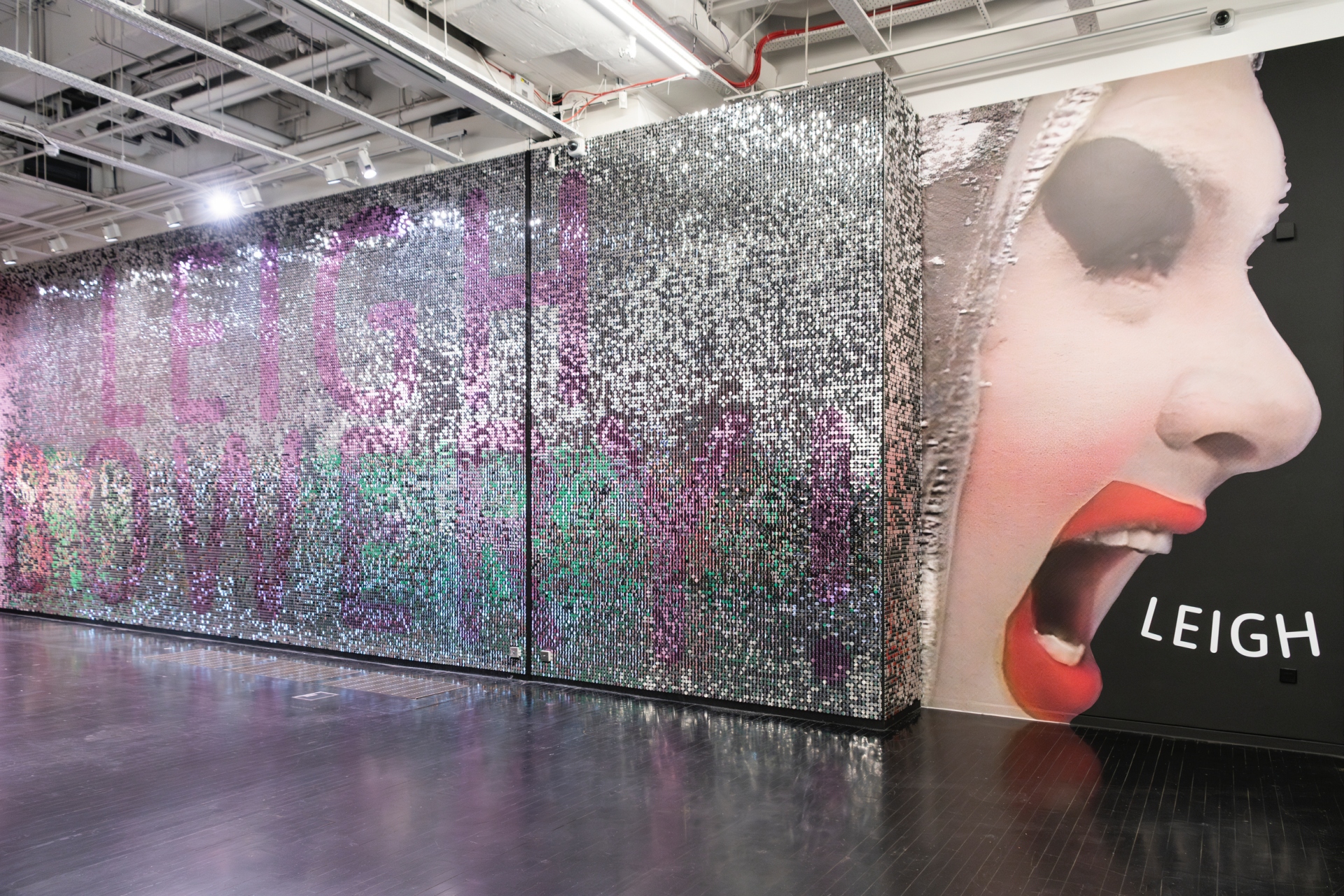
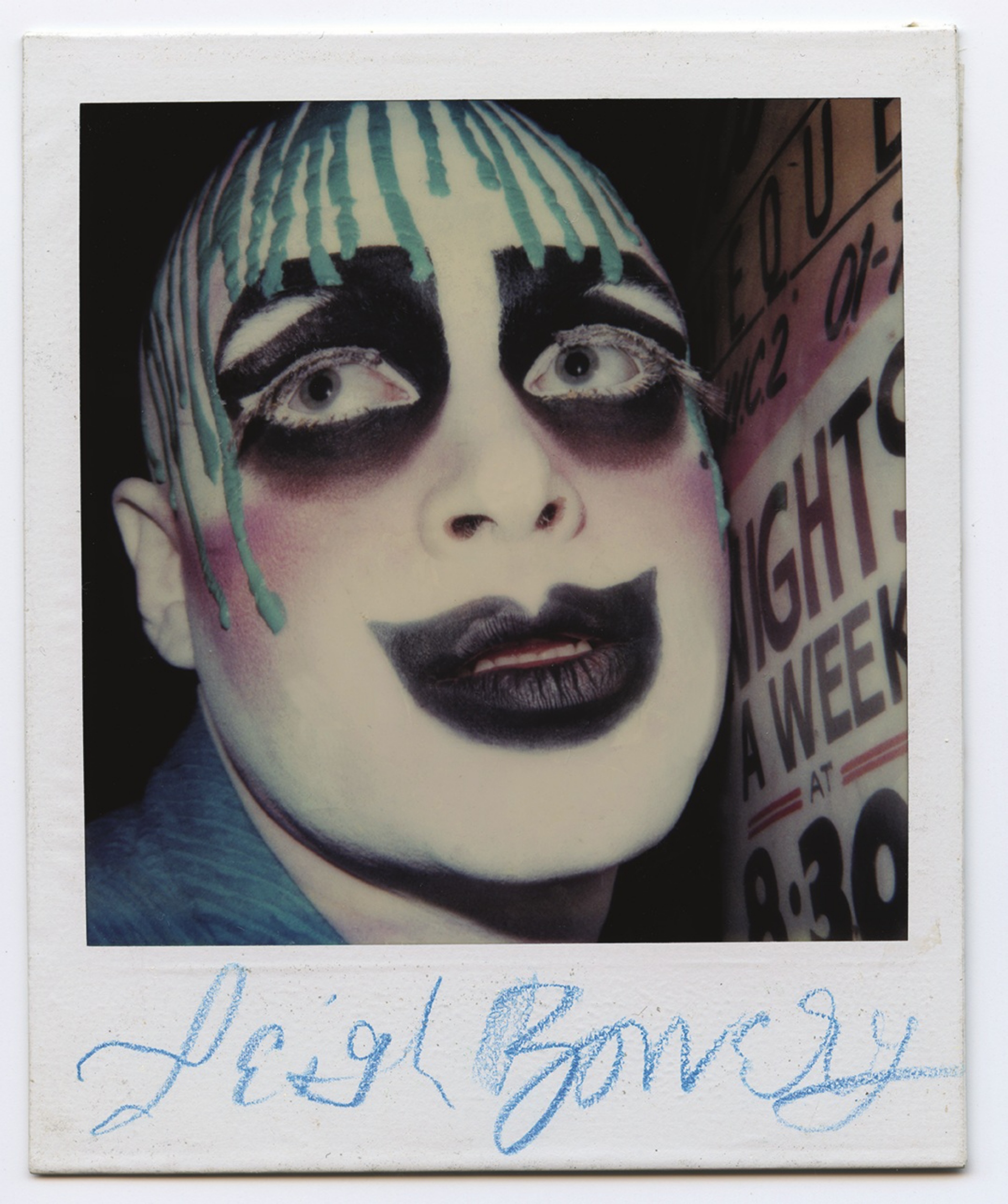
The early London club scene was a vibrant, inclusive community where creativity, experimentation, and individuality flourished - a dynamic world for anyone who was anyone and those who aspired to be. This intoxicating blend of creativity and connection fueled artists, performers, and partygoers alike. Bowery wanted in! Determined to make his mark, he approached the legendary model and co-promoter of the Cha Cha club, Scarlet Cannon - a Jean Harlow-esque peroxide blonde who considered herself an "ongoing changeable sculpture" - asking her to introduce him to "all the influential people". He quickly became a fixture in London's club scene, eventually emerging as the most infamous diva of his day. He took experimental entertainment to outrageous heights with his shape-shifting costumes and sensational theatricality. To him, the clubs were his runway.
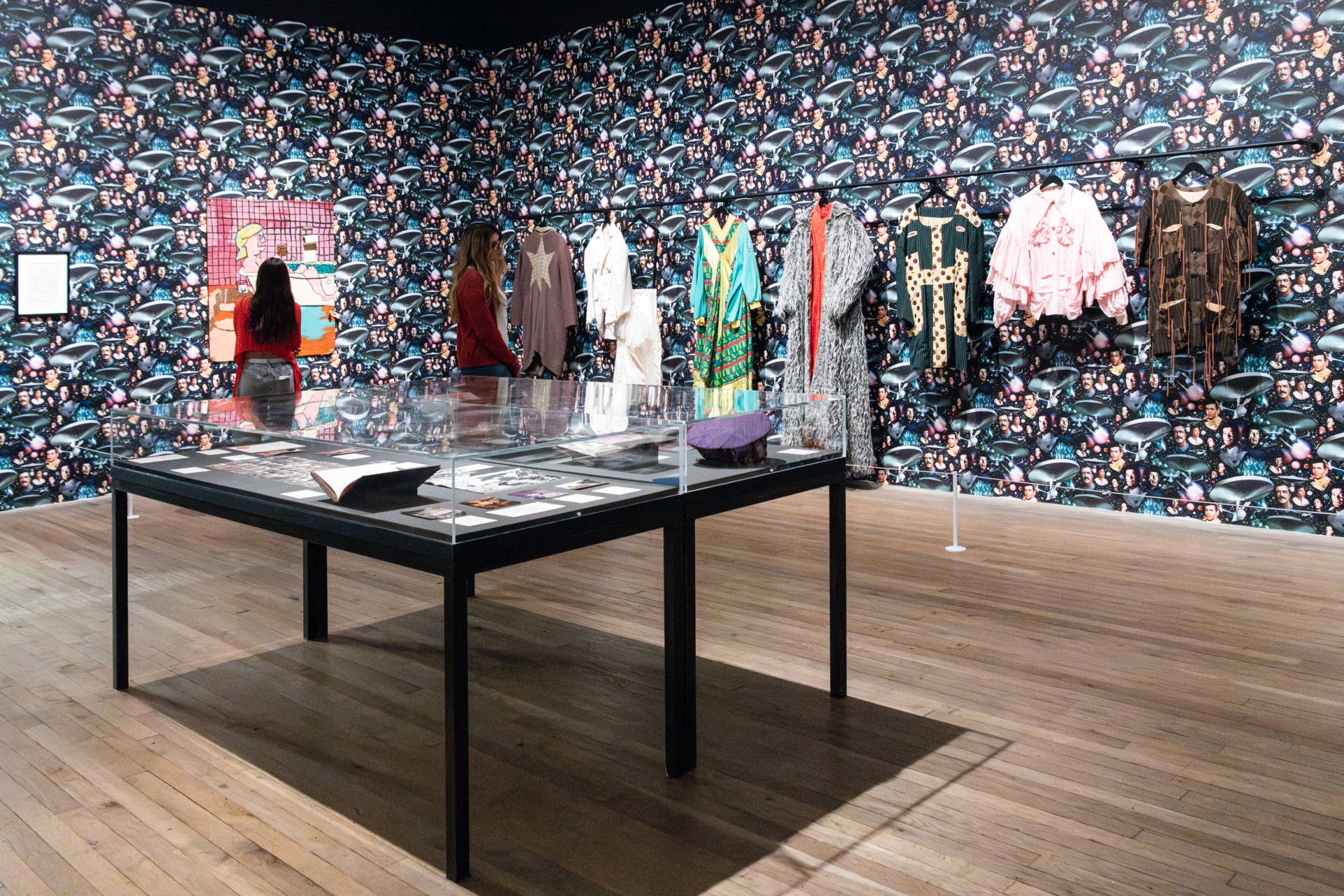
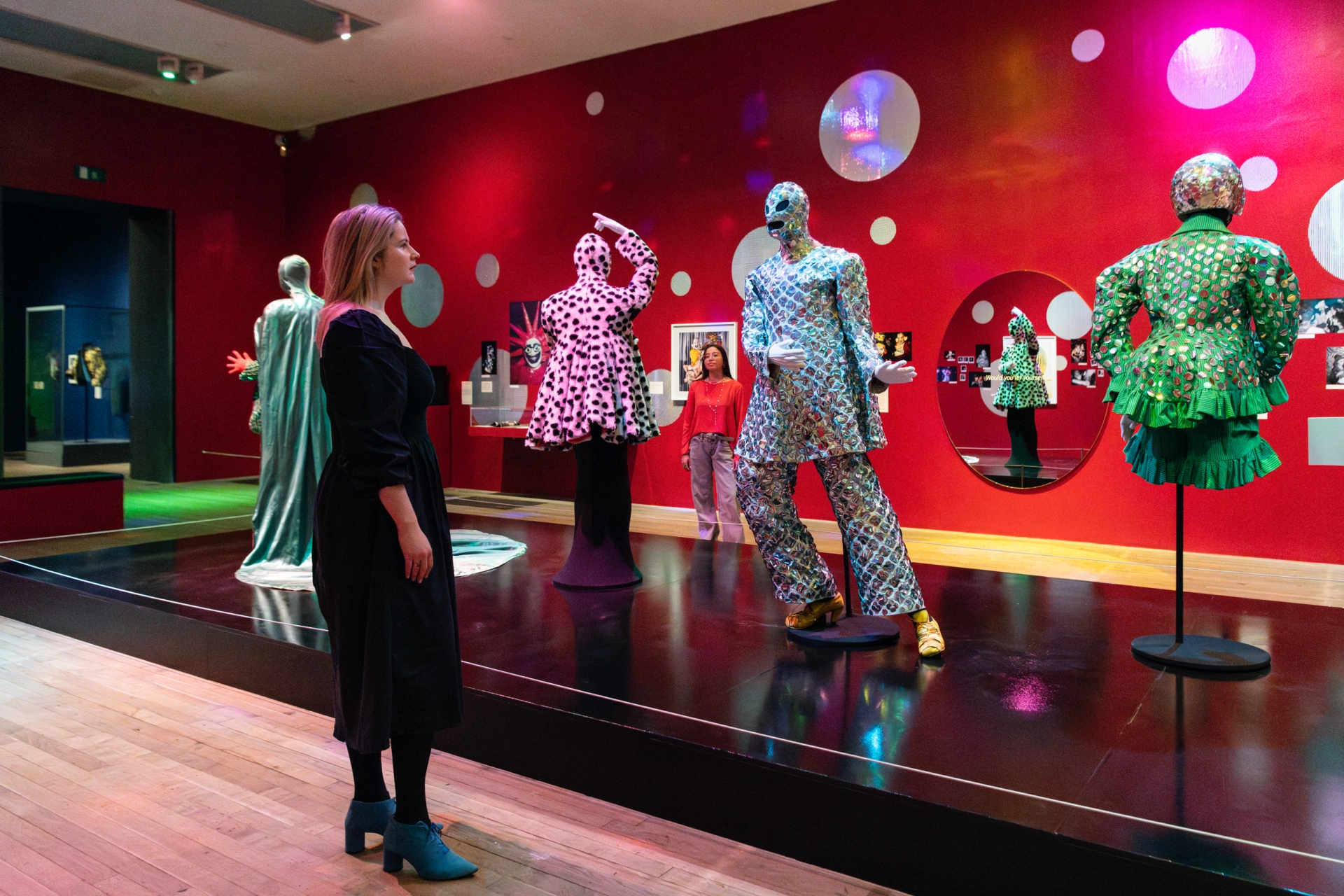
In 1985, club promoter Tony Gordon, known as Little Tony, offered Bowery a club night in the basement of Maximums nightclub in Leicester Square. "Taboo" became a hotbed of hi-energy dance music and outrageous fashion, embracing what Bowery referred to as 'polysexual' identities and boasting more sex and drugs than London had ever seen before. The club's policy was - “Dress as though your life depends on it or don’t bother”. Cross-dresser Marc Vaultier commanded the door and would hold a hand mirror to “lesser well-dressed patrons,” asking, "Would you let yourself in?" Bowery hosted with outrageously, sporting blue face paint, piercings in his nose and nipples, and incredibly flamboyant outfits, or looks as he preferred to call them. The party started when Leigh arrived and whirled around the dance floor.
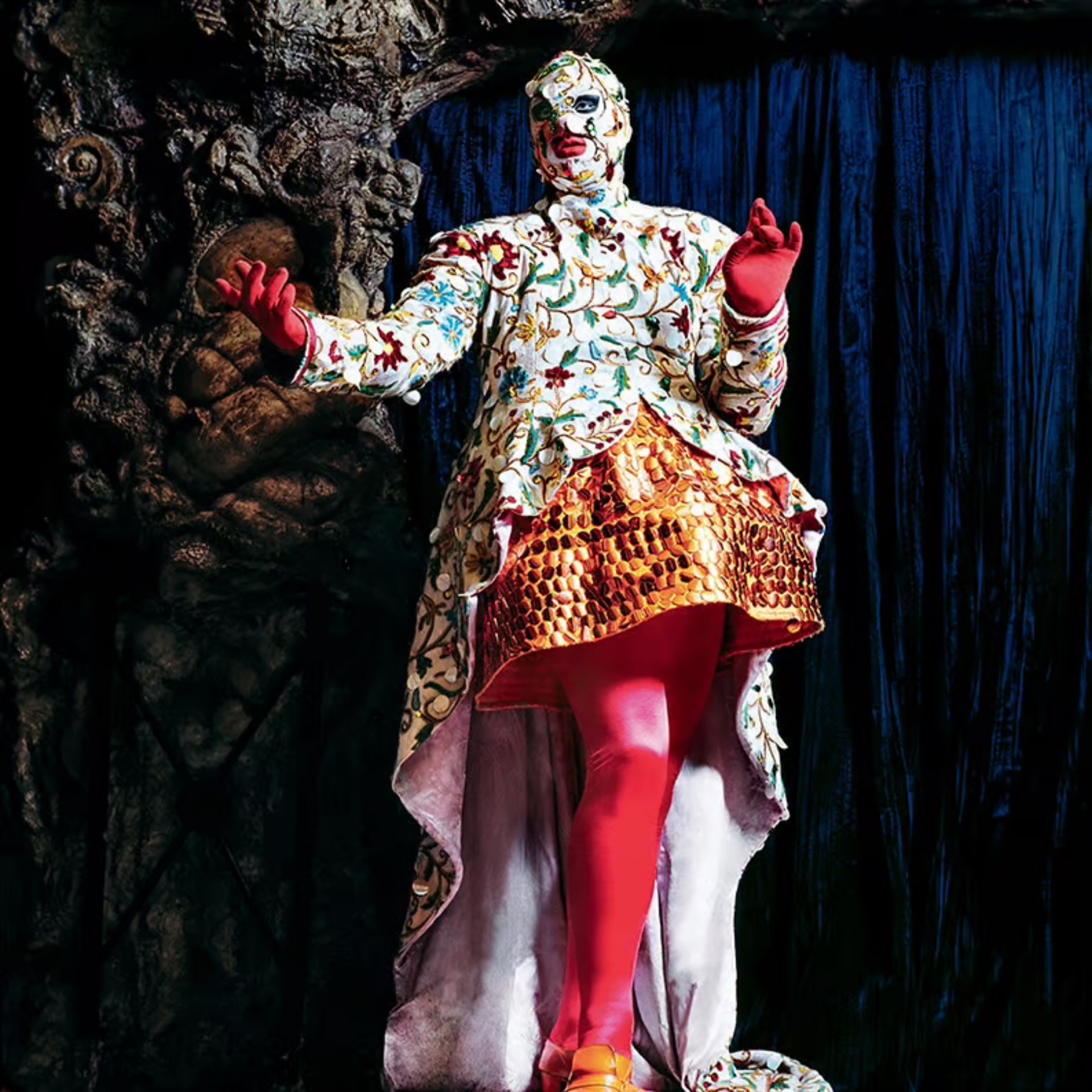
The club became a magnet for pop stars, fashion designers, journalists, models, and stylists - a dazzling lineup that included notables like Boy George, Fat Tony, John Galliano, Katharine Hamnett, Toyah Willcox, Princess Julia, club stalwart Trojan, DJ Jeffrey Hinton, and even the occasional "slumming politician," alongside a sea of stylish hopefuls and hundreds of fabulous nobodies. It transformed into a vibrant harbinger of change, serving as a safe haven for the gender-fluid community, discovering their identities through dressing up and revelling in the nightlife. Taboo was shut down a year later due to tabloid allegations of drug use on the premises - it was Britain's wildest short-lived nightclub.
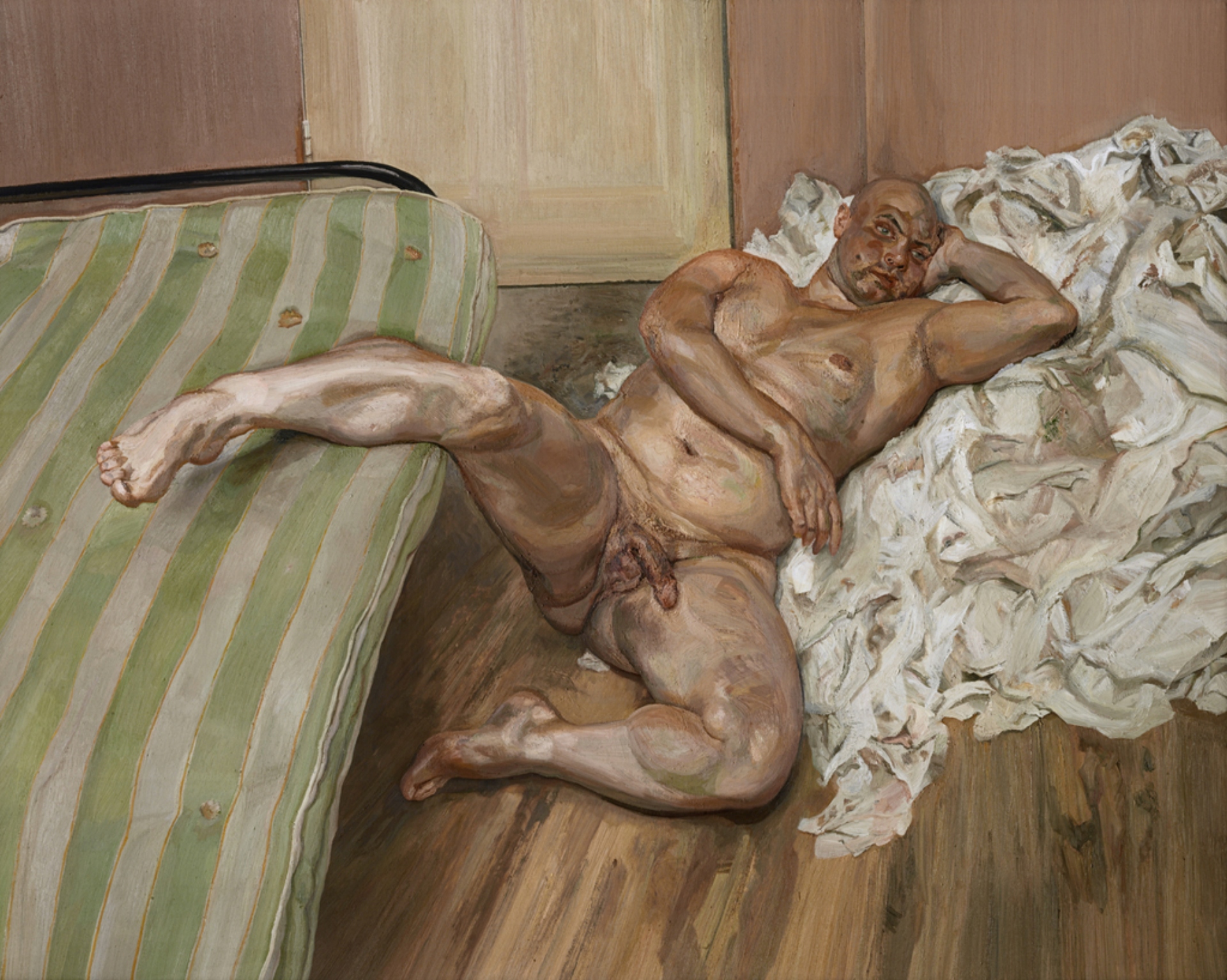
Although Leigh was a talented designer known for his intricate styling and dedication to his craft, he soon realised he wasn’t interested in being a “fashion designer” in the traditional sense. Instead, he preferred designing for himself and a select clientele rather than the general public.
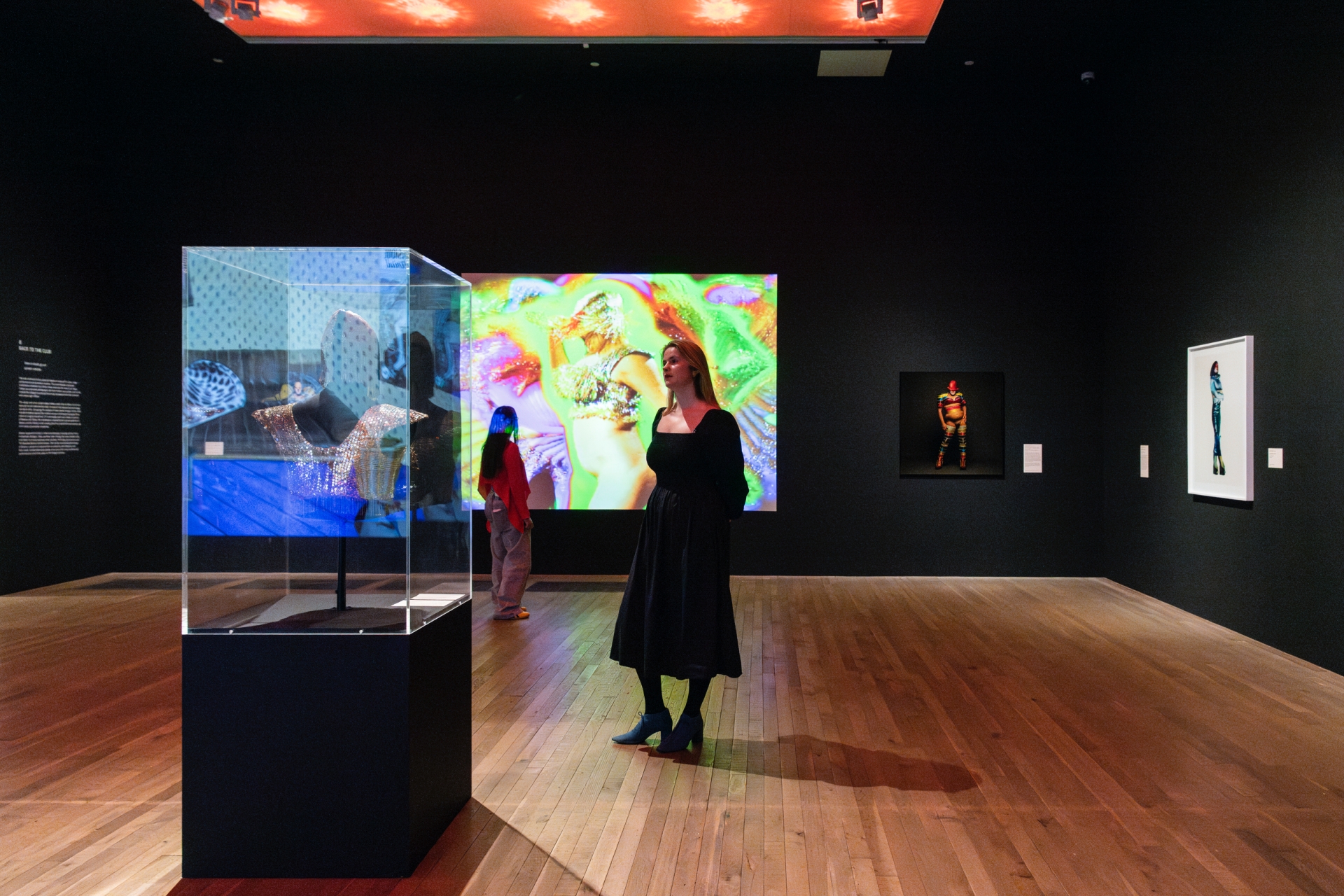

Leigh's profound fascination with his body as a dynamic canvas for self-expression and performance led him to challenge conventional views of beauty, sexuality, and gender. He pushed boundaries by cutting holes in his cheeks for safety pin piercings, enduring infections from faux lips, and suffering cuts and scars from the gaffer tape used to contort his body in elaborate designs. He adorned his bald head with blue paint and hot glue. He often wore a merkin - a genital wig that required him to tuck his genitals between his legs and glue them in place, making urination impossible—all part of his provocative self-transformation.
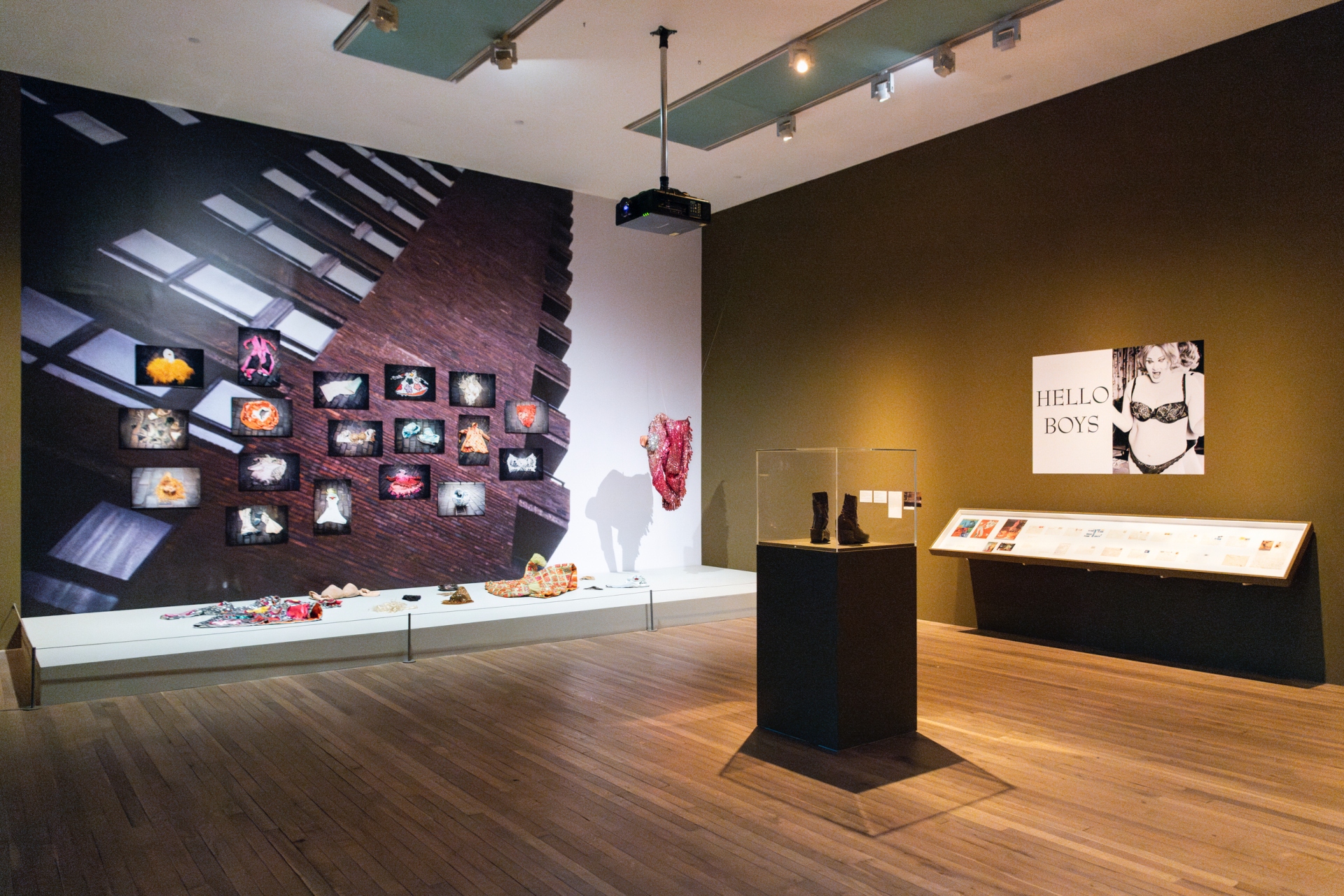
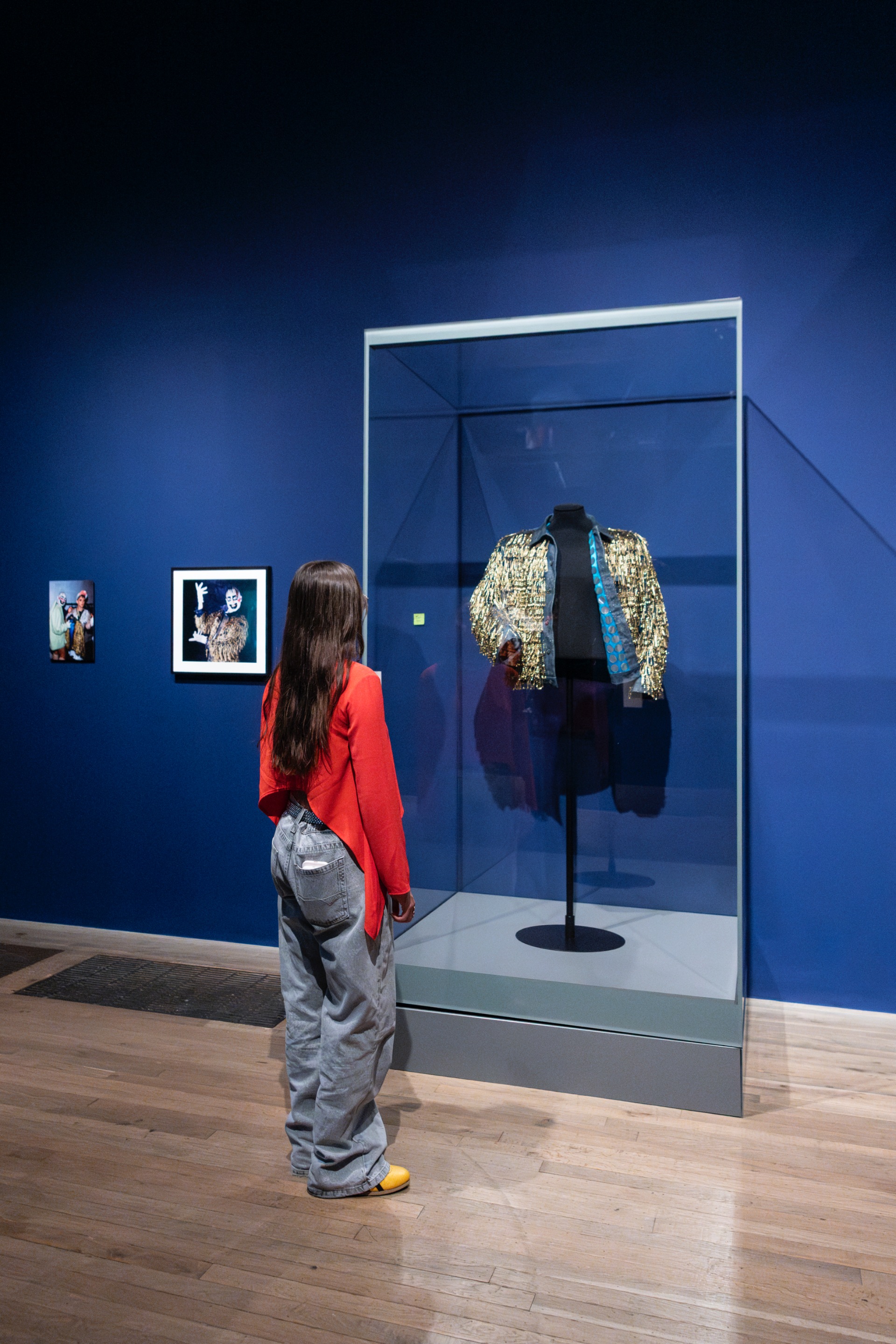
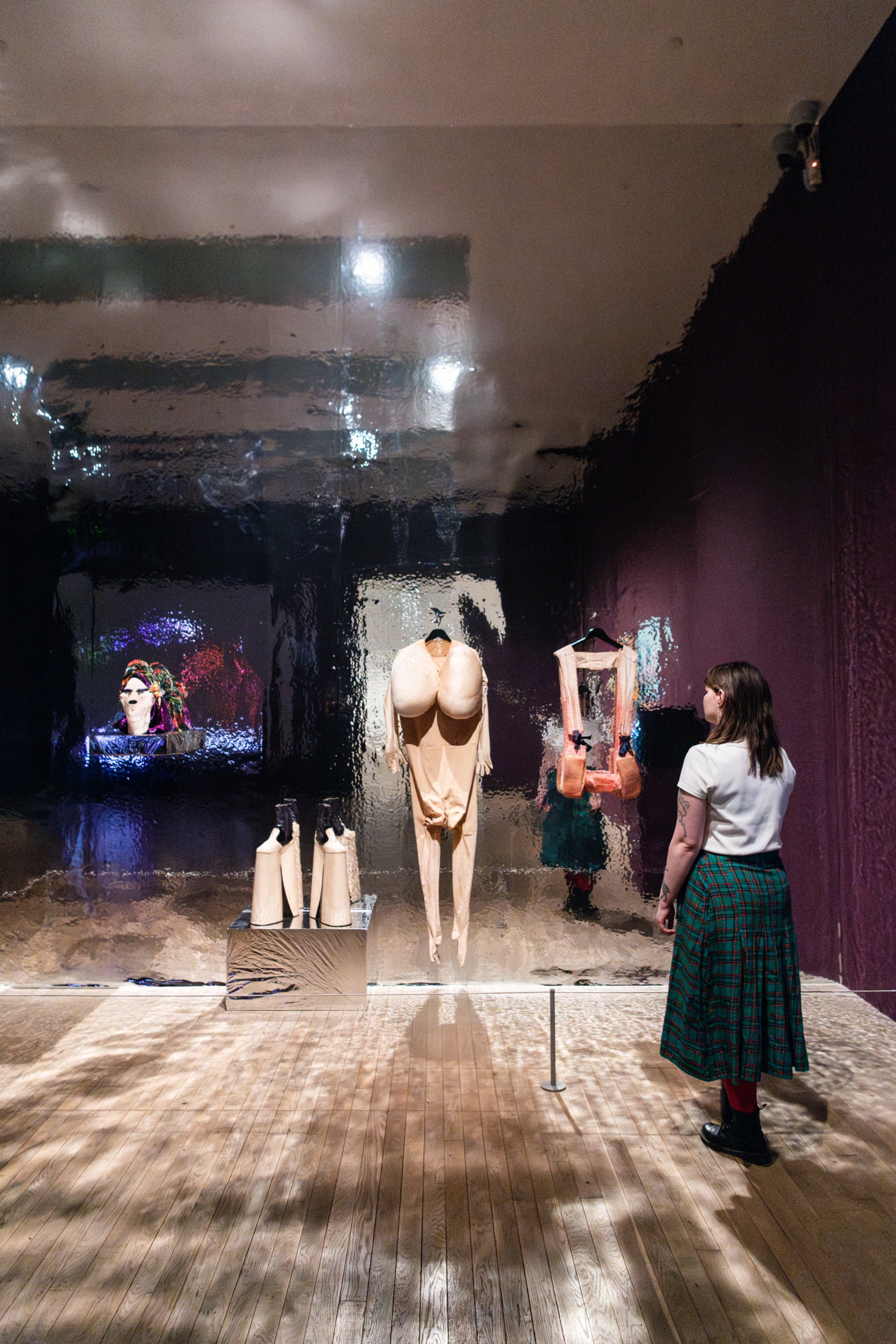

Every environment became his stage, defined by his highly developed personal aesthetic. For Leigh, rebellion came through what he wore, what he said, and how he behaved. He lived without taboos; "fitting in" was abhorrent, and his ultimate aim was to shock and provoke.
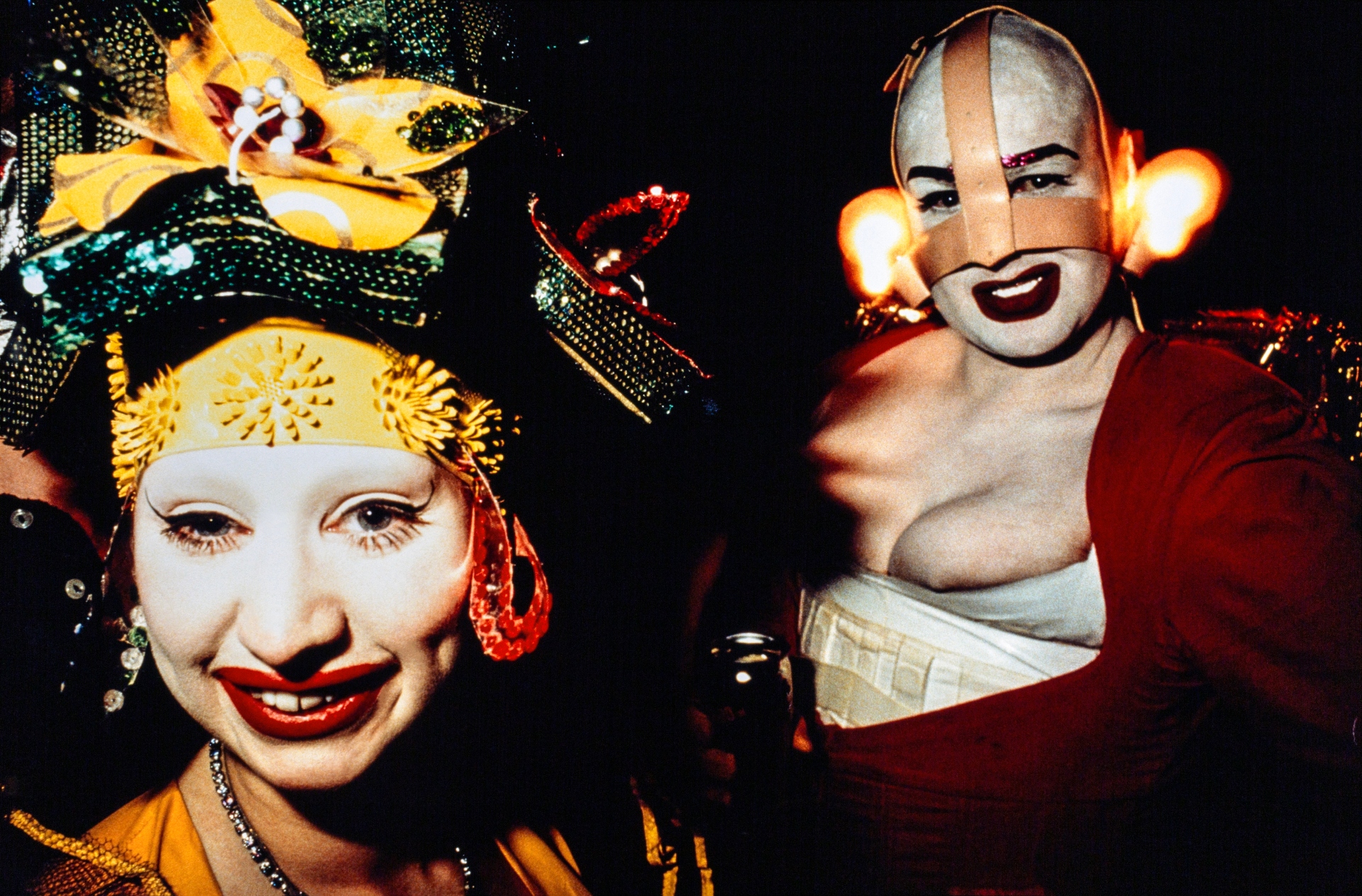
Leigh Bowery was quite the character. He had this magnetic charm, excellent manners, and a sharp mind that caught people’s attention. His friend Sue Tilley backs that up, saying he had a soft side, too. He was super loyal, always ready to gossip for hours, but he liked to keep his friends separate - he didn't want them chatting about him! He pushed his pals to take risks and think outside the box, flipping their perspectives upside down.
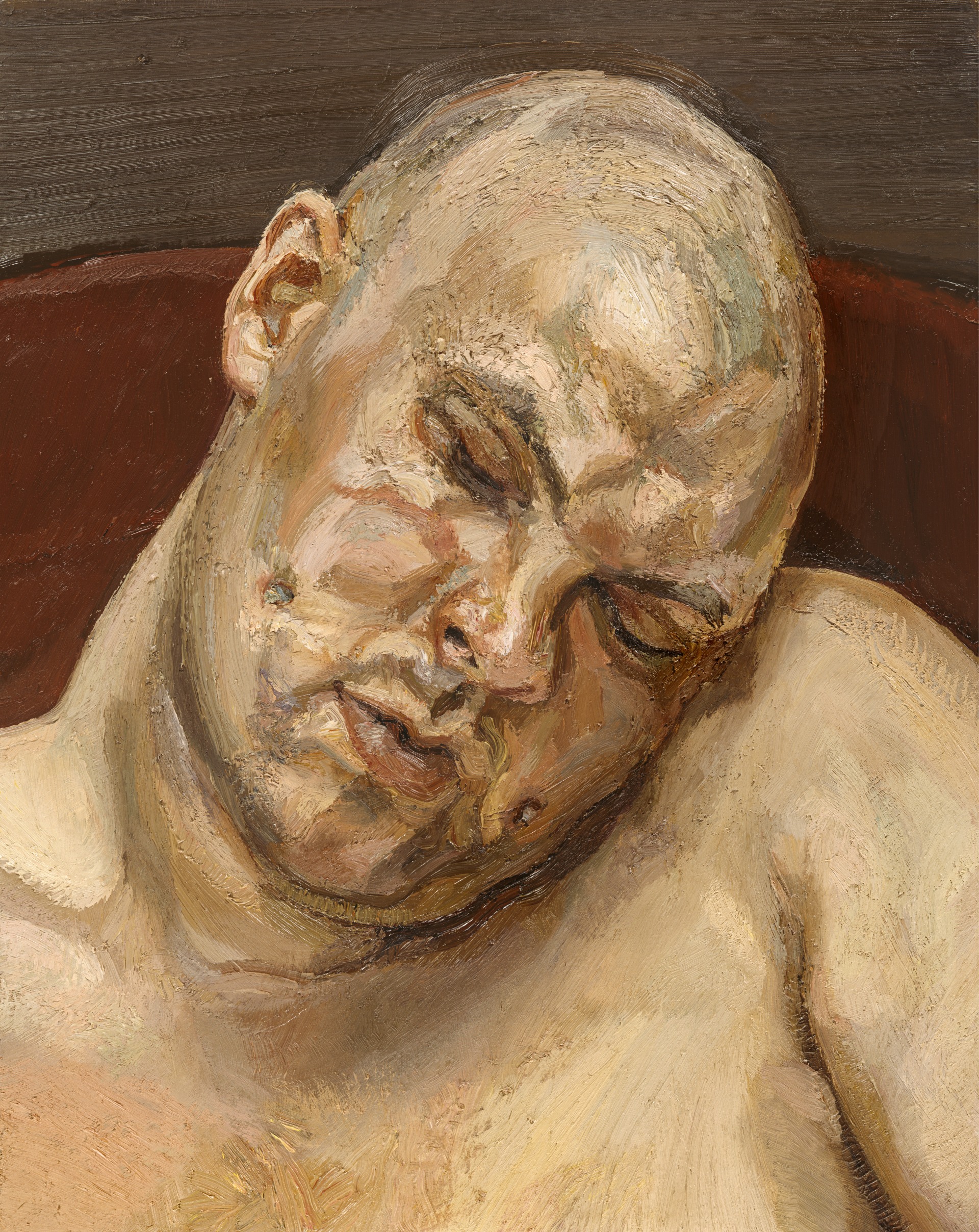
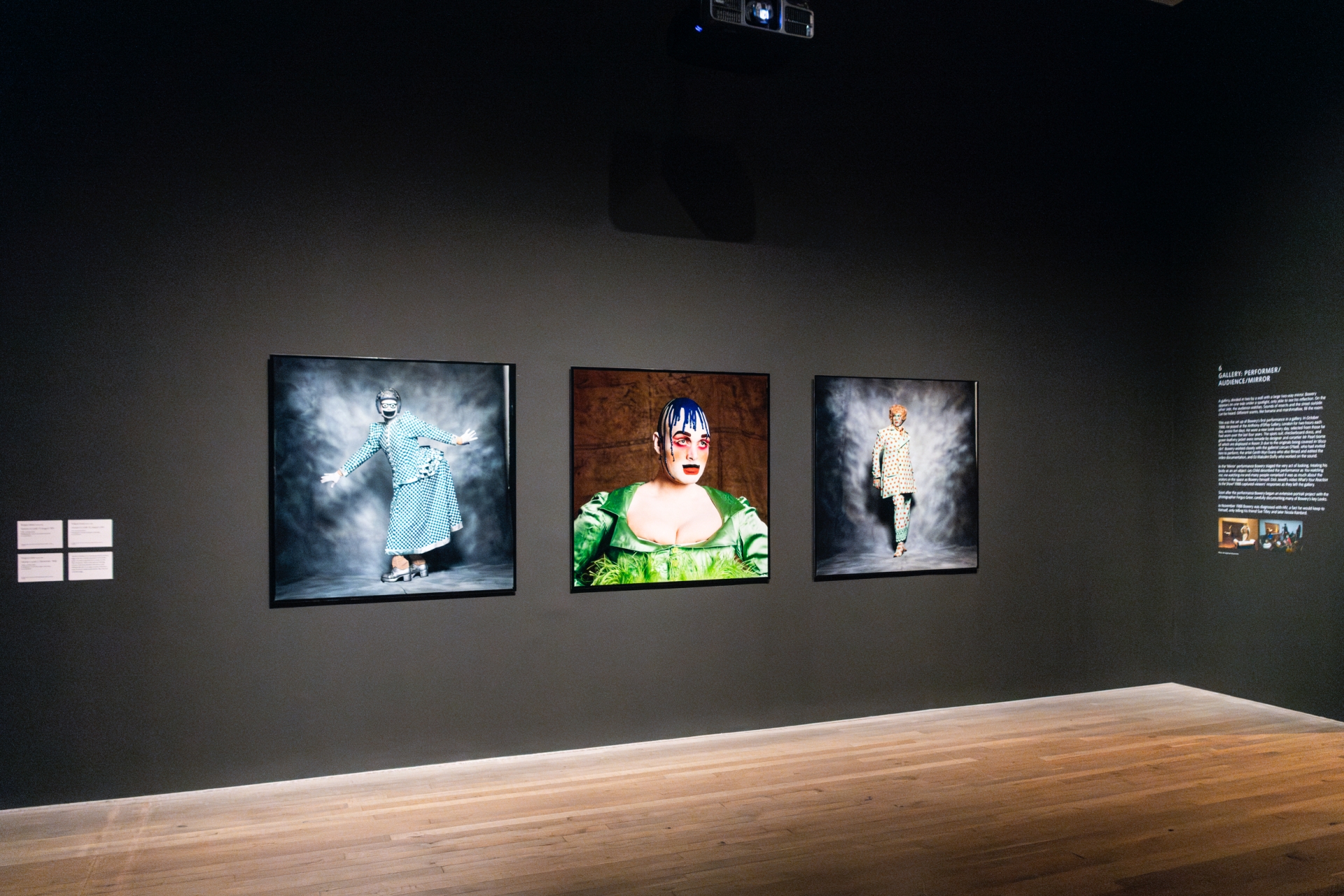
He had a killer sense of humour and was always the life of the party, but he also loved to stir things up, make up wild stories, and play fast and was loose with the truth. Some were real, but honestly, you could never tell which ones. Sue first met him in 1982 and became one of his closest friends. In her memoir, “Leigh Bowery: The Life and Times of an Icon,” she shares how his charming personality sometimes led to some outrageous antics - like snooping through people's stuff, tossing things he didn’t like out the window, and, yeah, some eye-popping public behaviour.
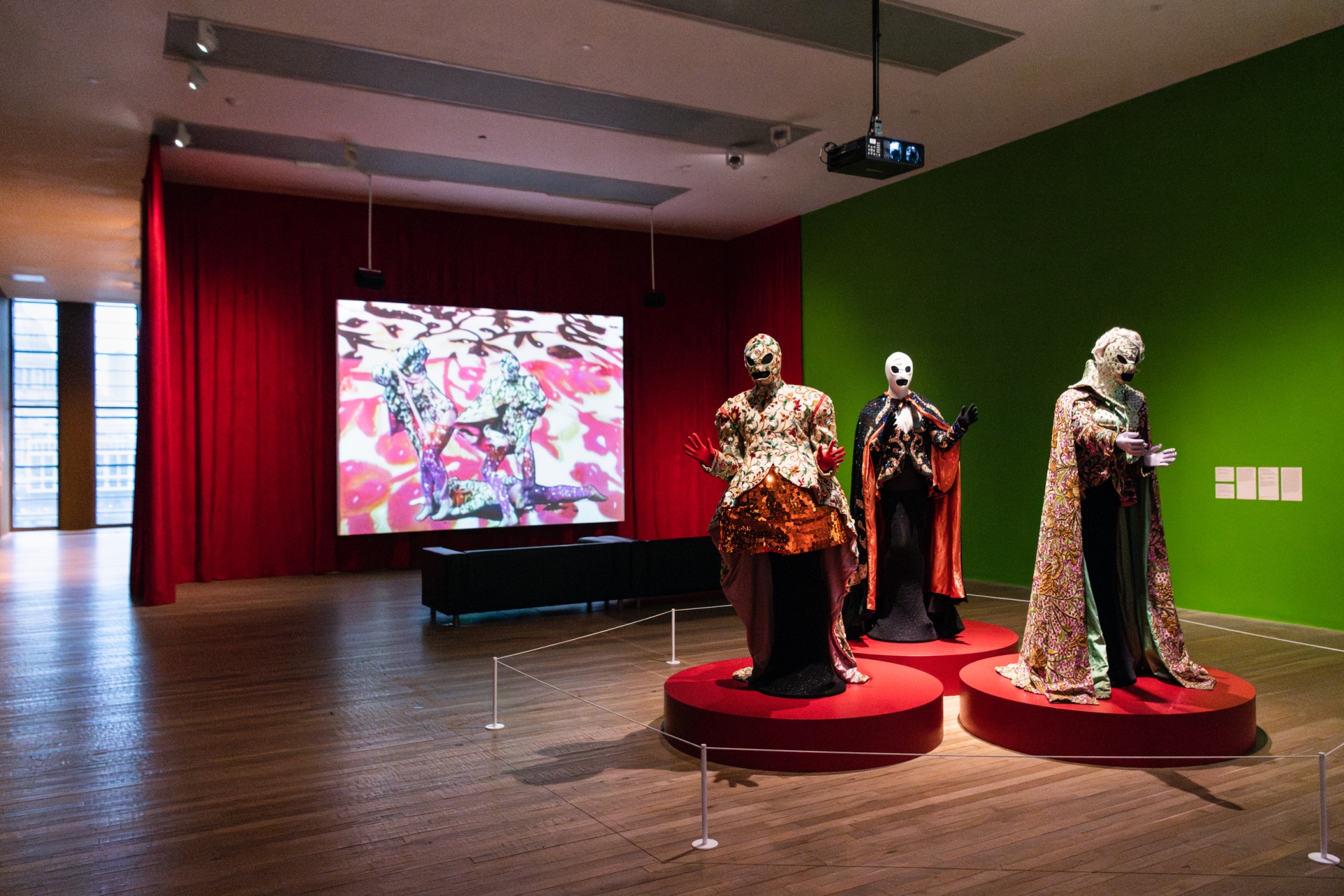
Leigh had many career highs, especially his long collaboration with Michael Clark and his live performance at the Anthony D'Offay Gallery in London, which boosted his profile in the art scene. He also made a splash as a muse for Lucian Freud—those intimate portraits sparked a lot of buzz, diving deep into themes of art and identity, especially queer identity. Created during his last years, those portraits resonate today and pay a touching tribute to the late performer.
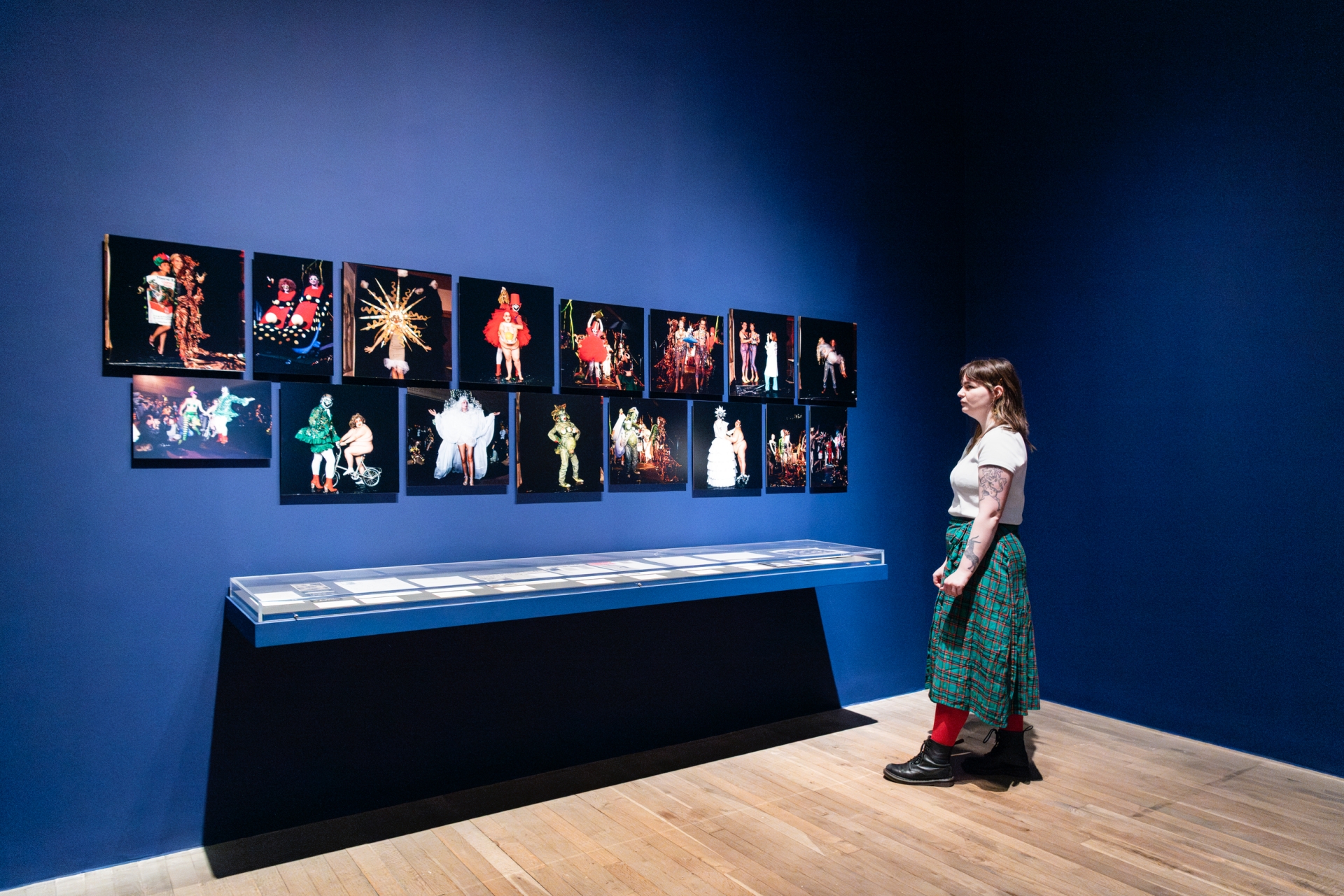
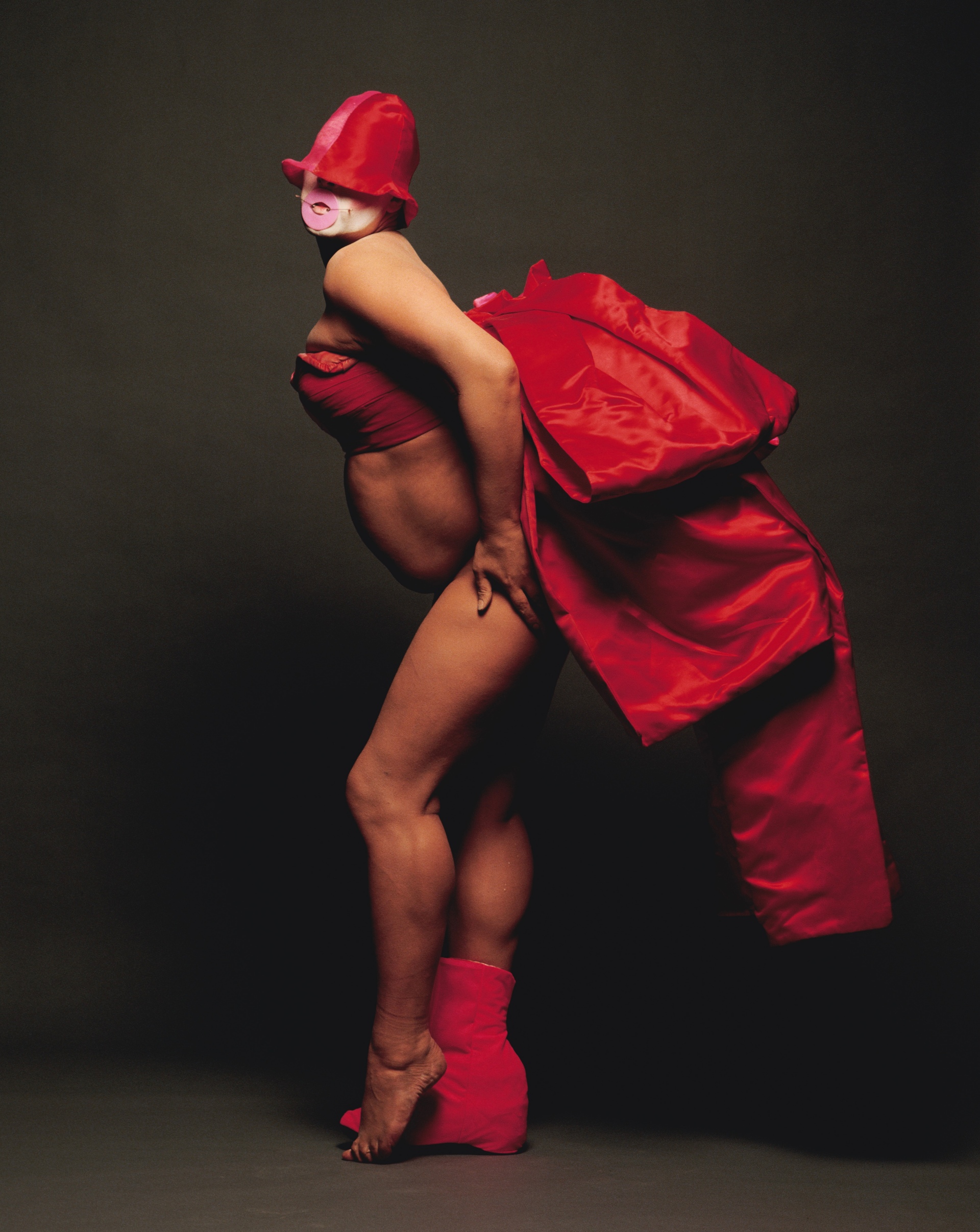

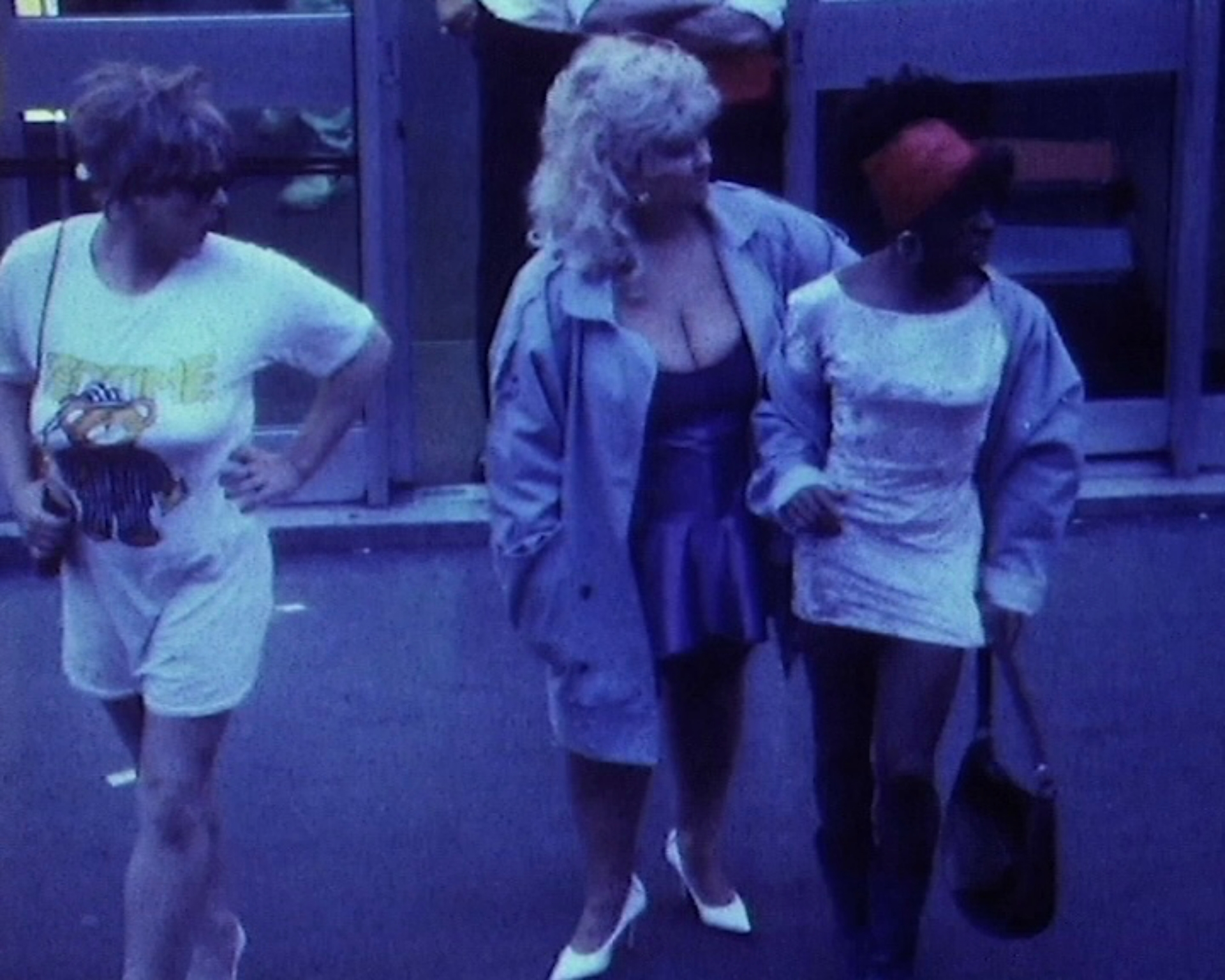
In 1988, Leigh was diagnosed as HIV positive, a fact he kept hidden by explaining his absences with stories of trips to Papua New Guinea, not wanting to be defined by the disease. He married his close friend, Nicola Bateman, in May 1994, referring to the occasion as "a personal art performance." She was unaware of his HIV status until his hospitalisation in late November. Bowery passed away on New Year's Eve 1994, just seven months after their wedding.
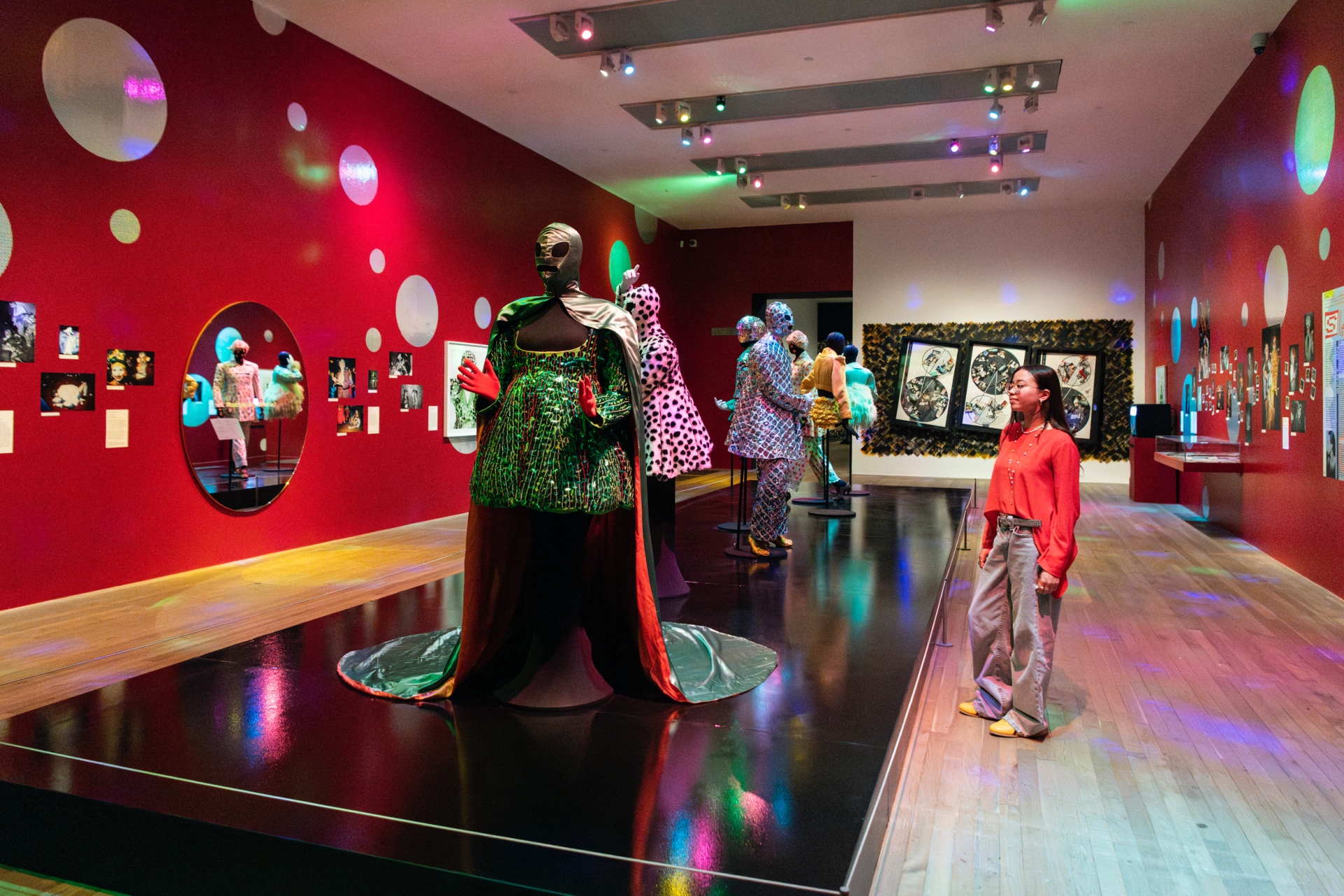
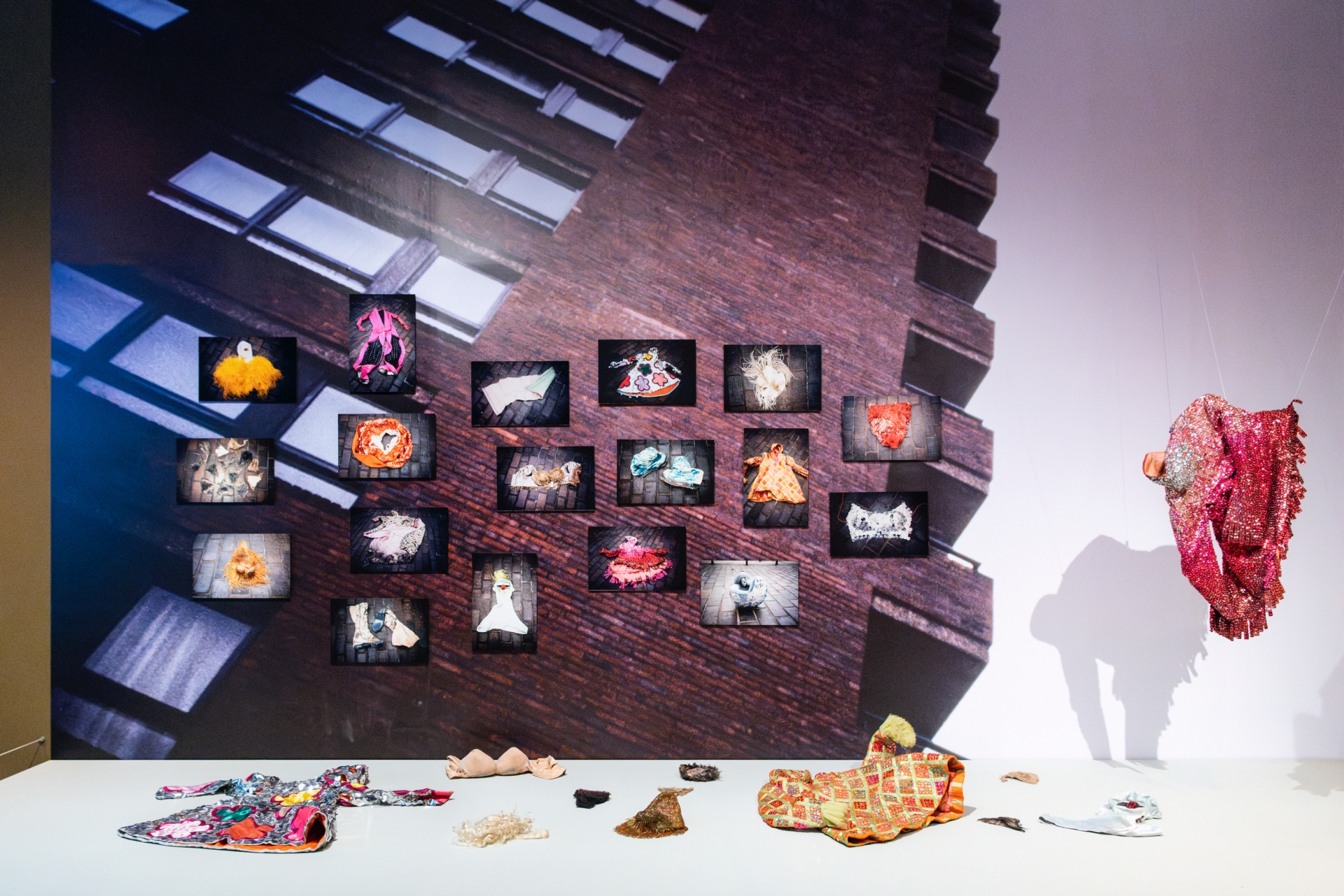
Although Leigh Bowery passed away at 33 over thirty years ago, his impact on fashion, art, and club culture is still felt today, solidifying his status as an enduring icon. His electrifying performances and daring designs created some of the most unforgettable visuals of the 1980s and 90s. Bowery’s influence is seen in the work of designers like Alexander McQueen, John Galliano, Rick Owens, and Gareth Pugh, as well as in Kim Jones' collections for Fendi and Dior. Jones, a dedicated collector of Bowery's original pieces, embodies the innovative and anarchic spirit that Bowery and his contemporaries celebrated. Bowery paved the way for self-expression and pushed boundaries, shaping our understanding of art and performance.
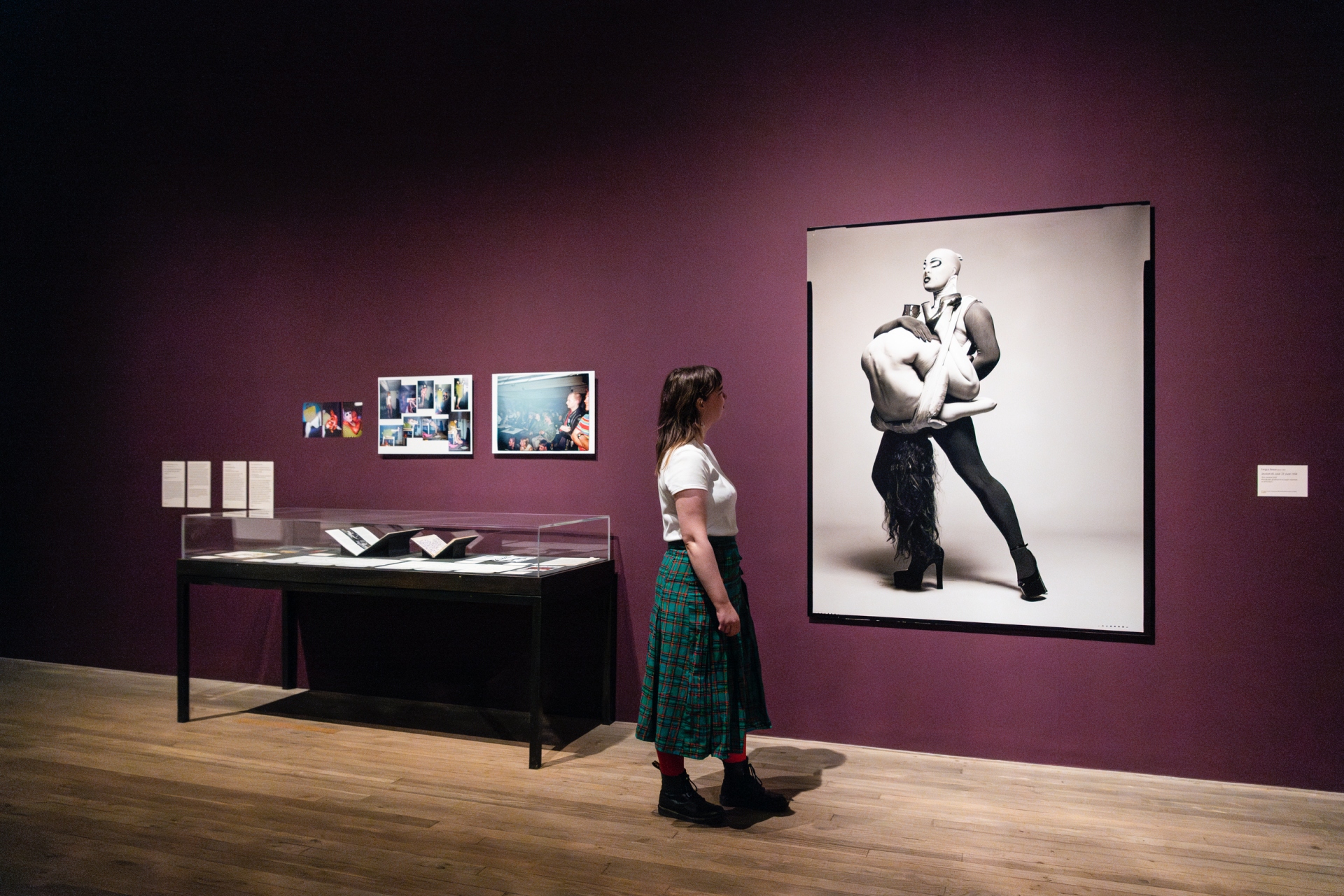
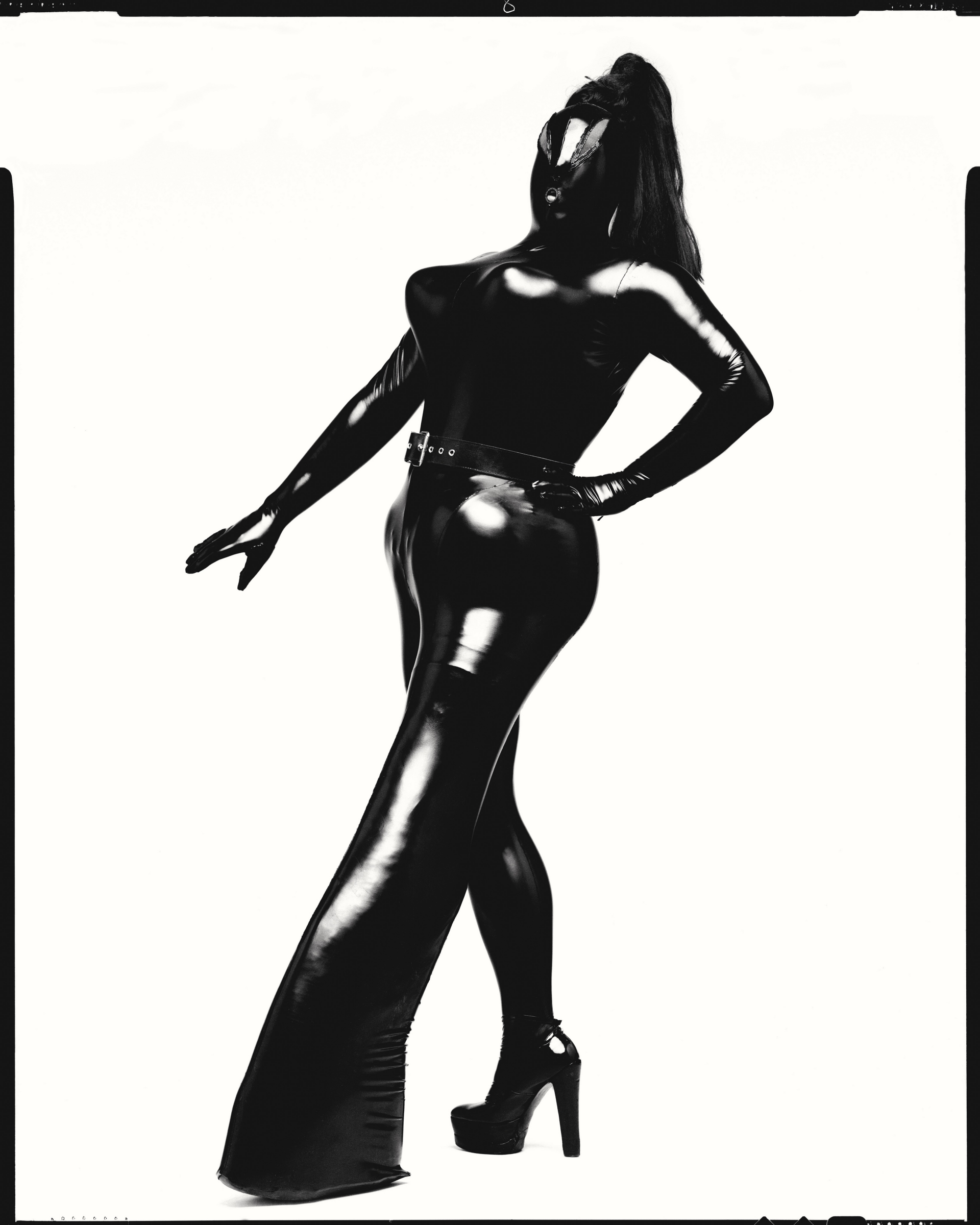
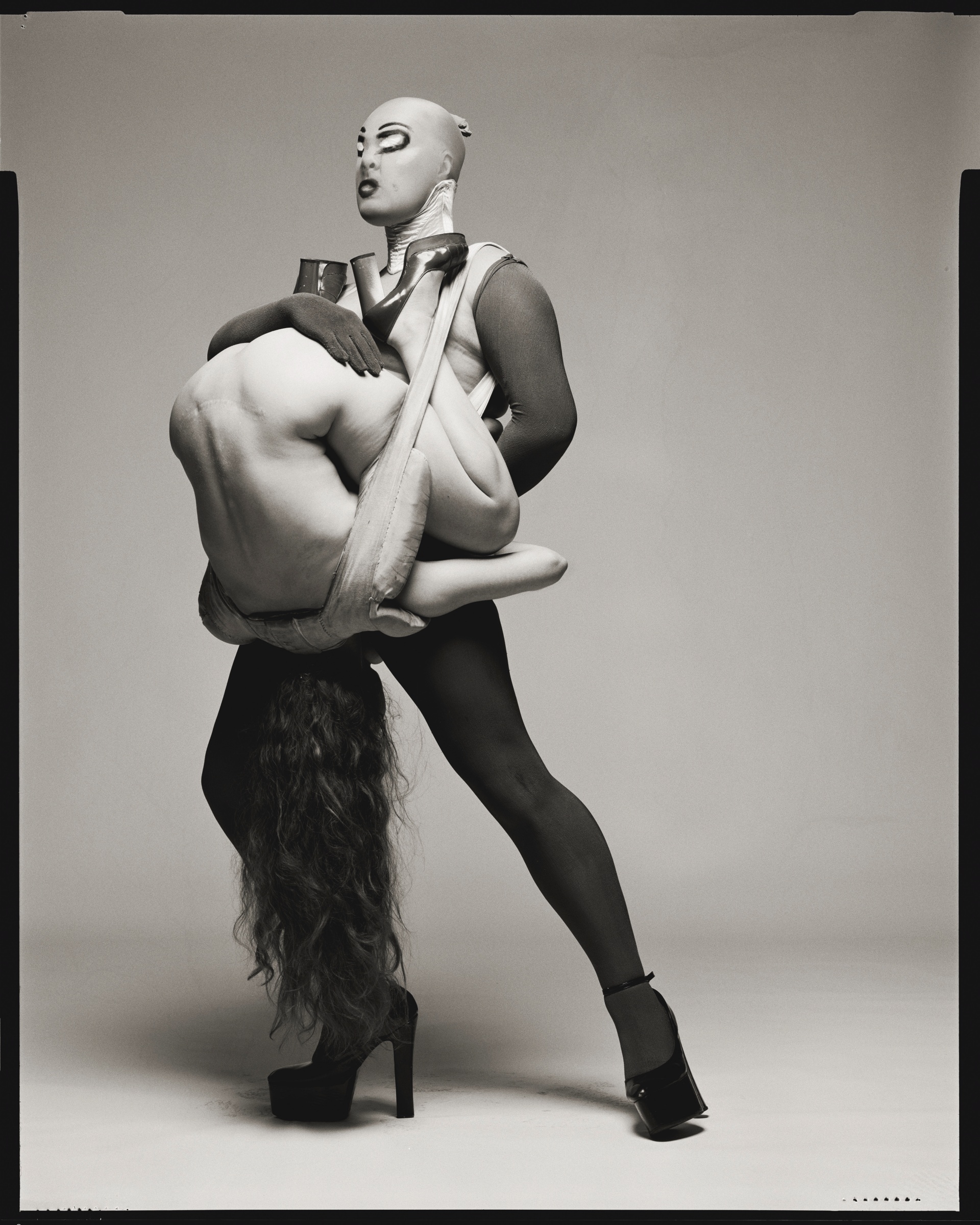
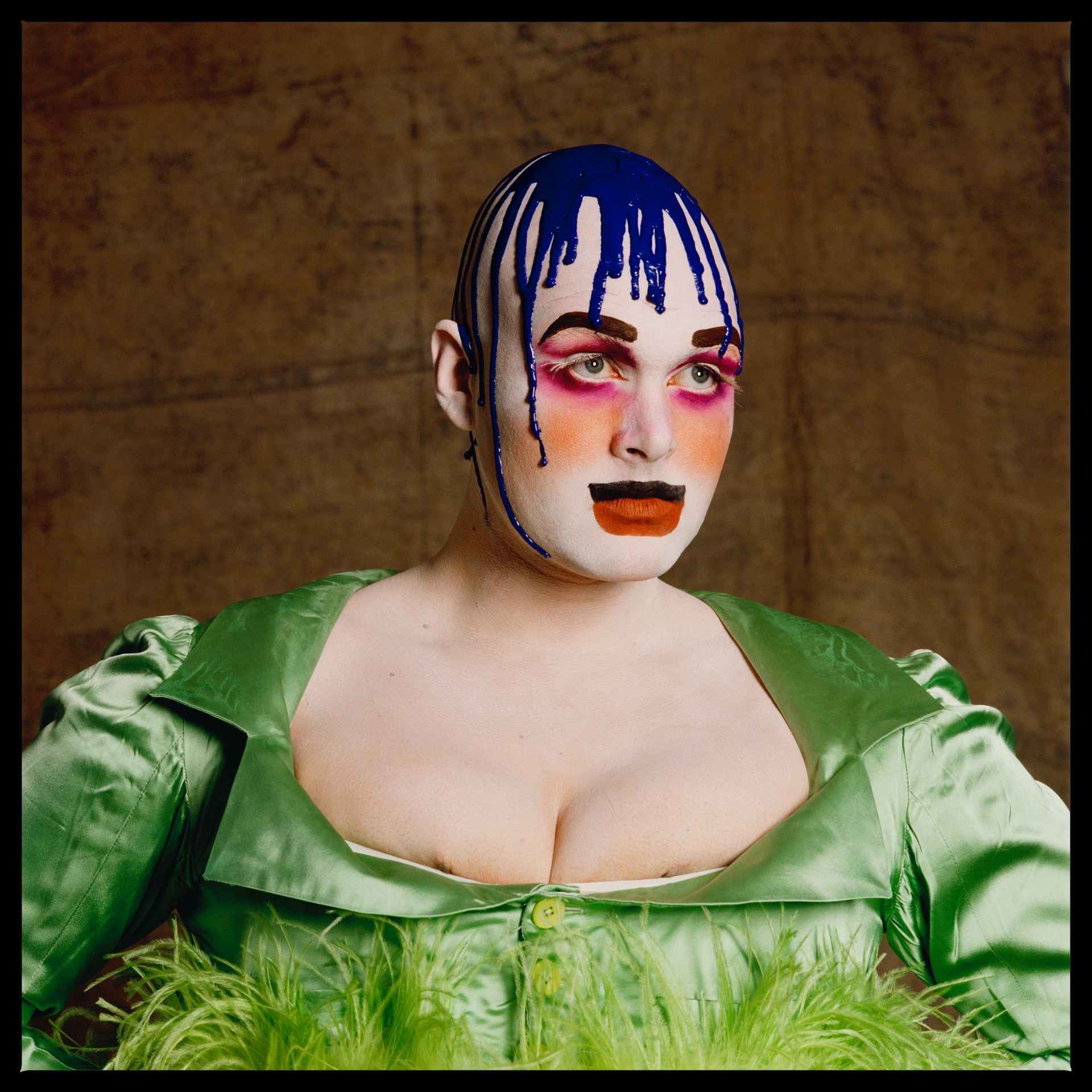
Bowery emerged as a subcultural icon through his extravagant creations and bold persona. He carved out a space where self-expression thrived, leaving a lasting impact on art and fashion that continues to inspire countless creatives today. Bowery used clothing not only as a personal expression but also as a platform for social commentary on gender, identity, and performance. A postmodern dandy, he demonstrated that fashion can be both an act of rebellion and an expression of beauty, further solidifying his influence in these realms.

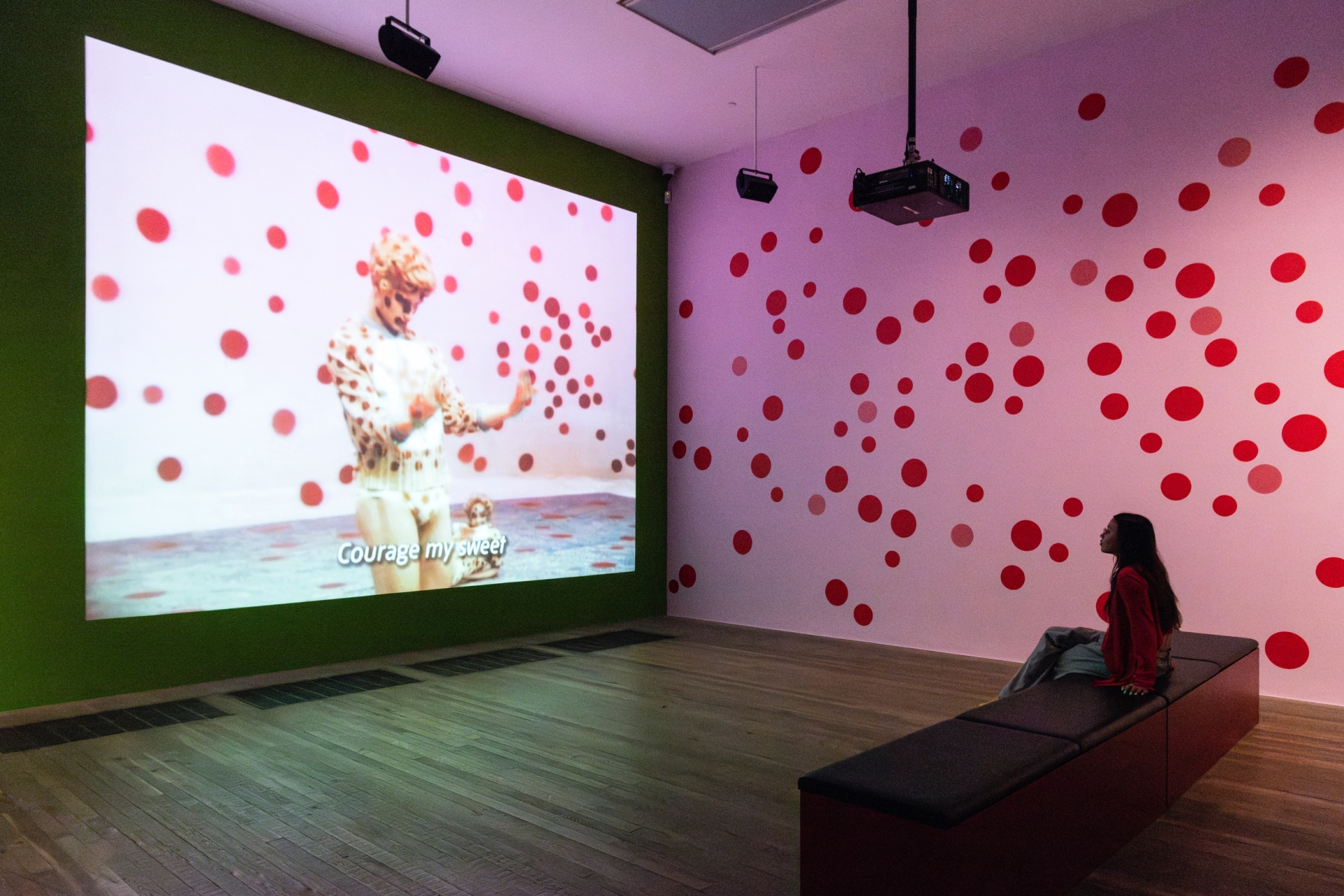
Fióntan Moran, curator at Tate Modern, states, “The exhibition is an opportunity to reappraise Leigh Bowery as a serious artist and to celebrate his art, life, and legacy.”








